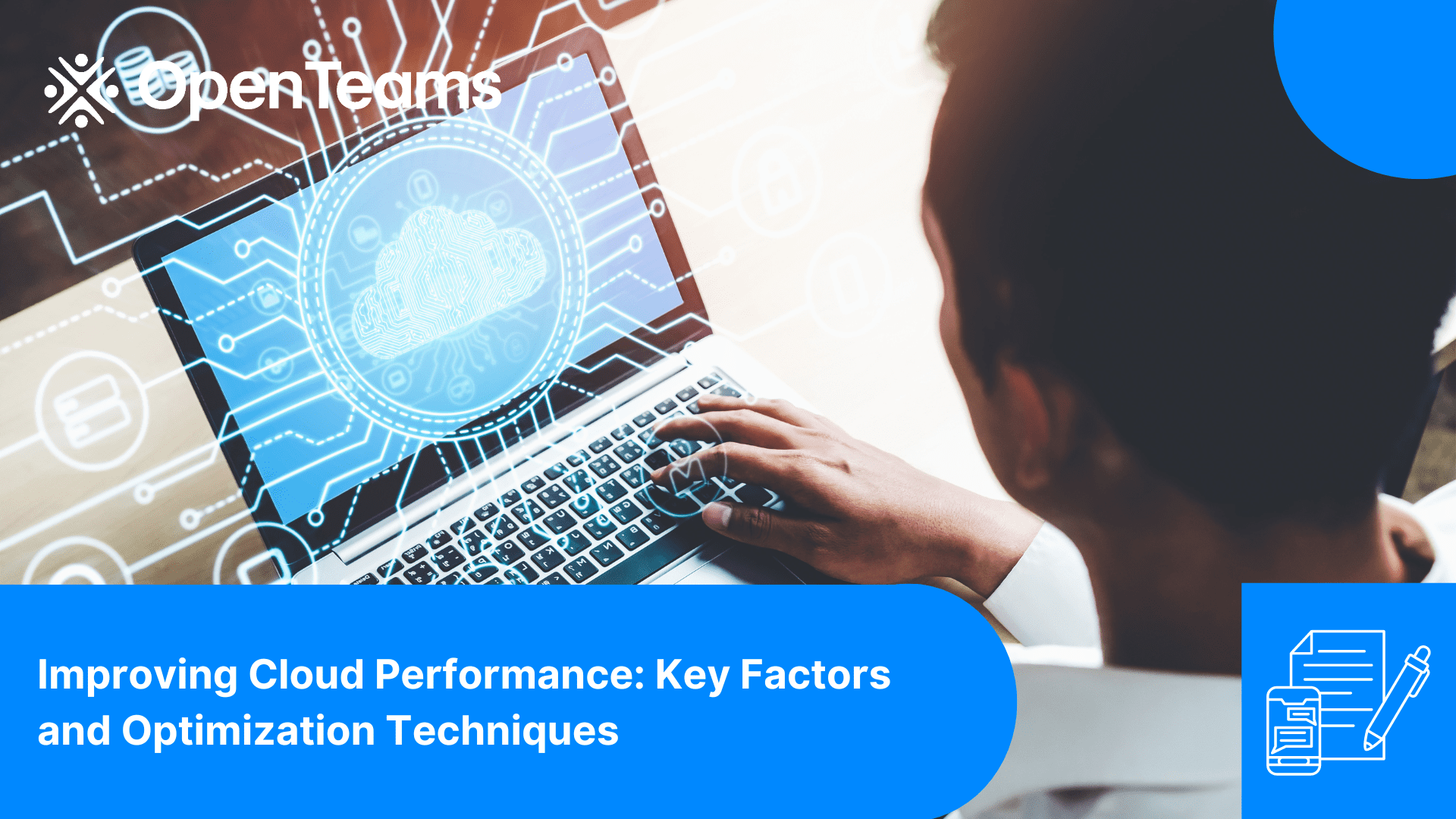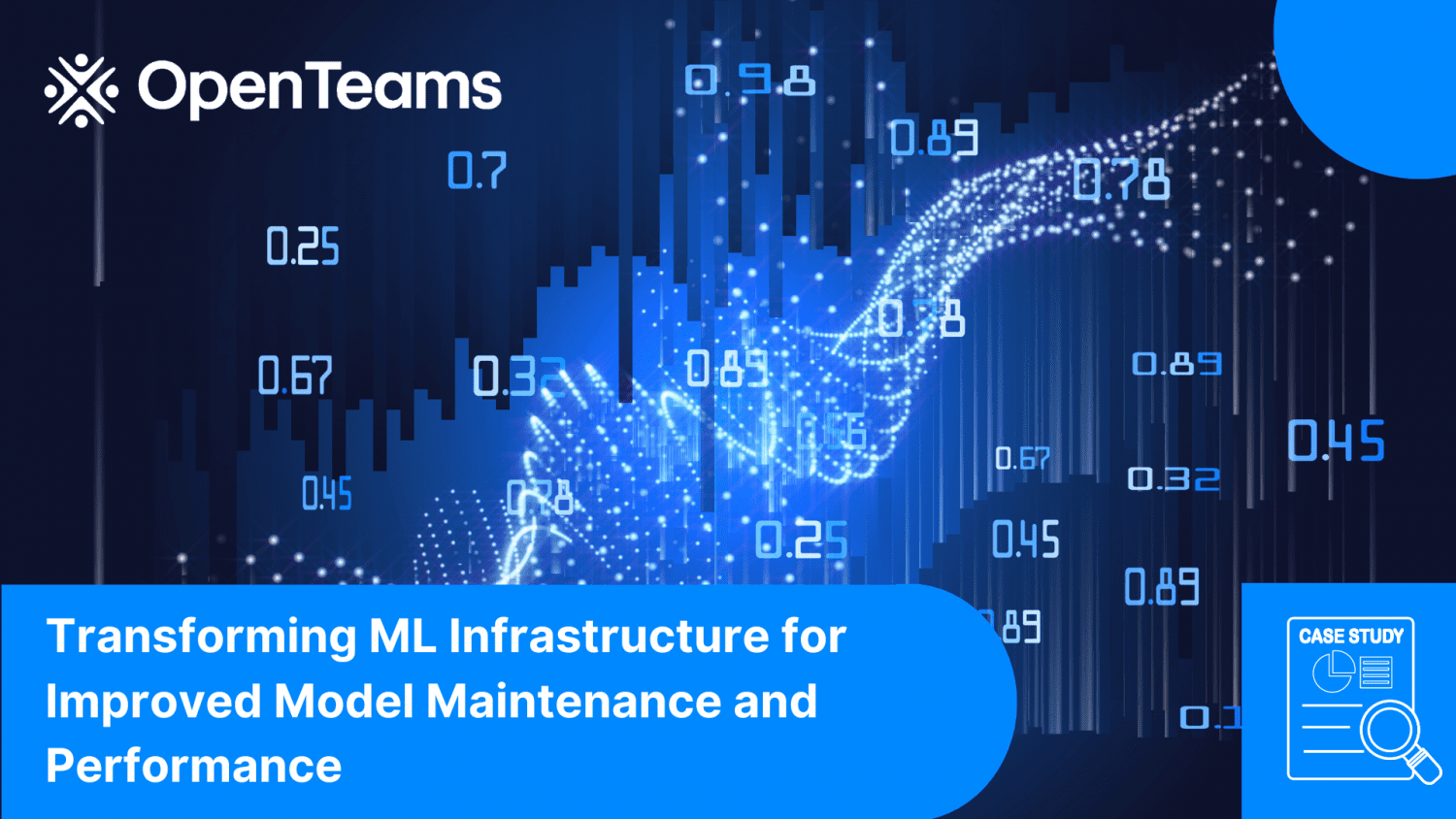
Cloud computing has become an integral part of the modern digital landscape, enabling businesses and individuals to leverage scalable and cost-effective infrastructure for a wide range of applications. However, as cloud usage continues to grow, so does the demand for optimal performance. To ensure efficient utilization of cloud resources and deliver a seamless user experience, it is crucial to understand the key factors influencing cloud performance and employ effective optimization techniques. In this article, we will explore these factors and techniques to enhance cloud performance.
1. Network Latency and Bandwidth
Network latency, the delay in data transmission between the client and the cloud server, can significantly impact cloud performance. High latency leads to increased response times and slower data transfers. Bandwidth, on the other hand, determines the amount of data that can be transmitted within a given timeframe. To improve cloud performance, it is essential to optimize network latency and bandwidth utilization. This can be achieved through techniques such as content delivery networks (CDNs), edge computing, and efficient routing algorithms.
CDNs distribute content across multiple geographically dispersed servers, allowing users to access data from the server nearest to them. This reduces latency by minimizing the physical distance between users and the cloud server. Edge computing moves computational tasks closer to the network edge, reducing the latency associated with transmitting data back and forth from centralized cloud servers. Efficient routing algorithms help in selecting the optimal path for data transmission, reducing latency and improving overall network performance.
2. Scalability and Elasticity
Cloud services offer the advantage of scalability and elasticity, allowing users to dynamically allocate resources based on demand. Scalability refers to the ability to handle increased workload by adding more resources, such as virtual machines or storage. Elasticity goes a step further, enabling automatic scaling in response to fluctuating demands. To optimize cloud performance, it is important to design applications and infrastructure to leverage the scalability and elasticity of the cloud effectively.
Horizontal scaling, also known as scaling out, involves adding more instances of resources to distribute the workload. Vertical scaling, or scaling up, involves increasing the capacity of individual resources. By implementing auto-scaling policies and closely monitoring resource utilization, cloud environments can ensure that resources are provisioned and deprovisioned as needed, preventing performance bottlenecks during peak usage.
3. Resource Allocation and Scheduling
Efficient resource allocation and scheduling are critical for optimal cloud performance. Cloud providers use virtualization technologies to divide physical resources into virtual machines (VMs) or containers, enabling multiple workloads to run concurrently on the same hardware. However, improper resource allocation and scheduling can lead to resource contention and performance degradation.
To optimize resource allocation, techniques such as workload profiling, predictive analytics, and intelligent load balancing can be employed. Workload profiling involves analyzing historical usage patterns and resource requirements to predict future demands accurately. Predictive analytics uses machine learning algorithms to forecast resource needs and allocate them proactively. Intelligent load balancing distributes workloads across available resources, ensuring efficient utilization and minimizing contention.
4. Data Storage and Access
Efficient data storage and access play a crucial role in cloud performance. Cloud storage services provide various options, such as object storage, block storage, and file storage, each with its own performance characteristics. Choosing the appropriate storage type based on workload requirements is essential for optimizing performance.
For frequently accessed data, caching mechanisms can be implemented to reduce the latency associated with retrieving data from storage. Content distribution networks (CDNs) mentioned earlier can also be leveraged to store and deliver frequently accessed data closer to users, reducing latency. Additionally, data compression and deduplication techniques can optimize storage utilization and reduce network bandwidth requirements.
5. Application Optimization
Application-level optimization techniques can have a significant impact on cloud performance. Designing applications to be cloud-native, utilizing distributed computing frameworks, and implementing caching mechanisms can all contribute to improved performance.
Cloud-native applications are specifically designed to leverage cloud services and take advantage of scalability, elasticity, and other cloud-specific features. Distributed computing frameworks, such as Apache Hadoop or Apache Spark, enable parallel processing of large datasets, enhancing performance for data-intensive applications. Caching mechanisms, such as in-memory caching or content caching, can reduce the need for repeated data retrieval and computation, improving overall application response times.
6. Monitoring and Performance Tuning
Continuous monitoring and performance tuning are essential for maintaining optimal cloud performance. Cloud environments generate vast amounts of performance-related data, such as resource utilization, response times, and error rates. Analyzing this data can provide valuable insights into performance bottlenecks and help identify areas for optimization.
Real-time monitoring tools can track various performance metrics, enabling proactive identification and resolution of issues. Performance tuning involves adjusting various parameters, such as resource allocation, network configurations, and application settings, to optimize performance. Techniques like load testing and benchmarking can also be employed to assess the performance of cloud applications and infrastructure under different workload scenarios.
Conclusion
In conclusion, optimizing cloud performance requires a holistic approach that addresses various factors such as network latency, scalability, resource allocation, data storage, application design, and continuous monitoring. By implementing optimization techniques in these areas, businesses can ensure efficient utilization of cloud resources, enhance user experience, and drive better overall performance. As cloud computing continues to evolve, staying updated with the latest optimization techniques and best practices is crucial to unlock the full potential of cloud technology.
About OpenTeams
OpenTeams is a premier provider of open source solutions for businesses worldwide. Our goal is to help organizations optimize their open source technologies through tailored support solutions that meet their unique needs. With over 680+ open source technologies supported, we provide unparalleled expertise and resources to help businesses achieve their goals. Our flexible support plans allow organizations to pay for only what they need, and our team of experienced Open Source Architects is available 24/7/365 to provide top-notch support and guidance. We are committed to fostering a community of innovation and collaboration, and our partner program offers additional opportunities for growth and success.
Related Articles
Computer Vision for Automatic Vehicle Damage Detection and Cost Estimation
Transforming ML Infrastructure for Improved Model Maintenance and Performance
Empowering Data-driven Innovation: Building a Scalable Data Science Platform for Seamless Data Modeling and MLOps Excellence
Unleashing Computational Speed: Enhancing Risk Models for Compliance in a Global Financial Powerhouse
Transforming Armed Forces Training: Reinforcement Learning for Enhanced Adaptability and Strategy Development
Unlock the power of open source for your business today
OpenTeams provides businesses with access to a team of experienced open source professionals who can help them unlock the power of open source technologies, delivering customized solutions tailored to their specific needs and goals. Get in touch with us today to learn how we can help you leverage open source to achieve your business objectives.






